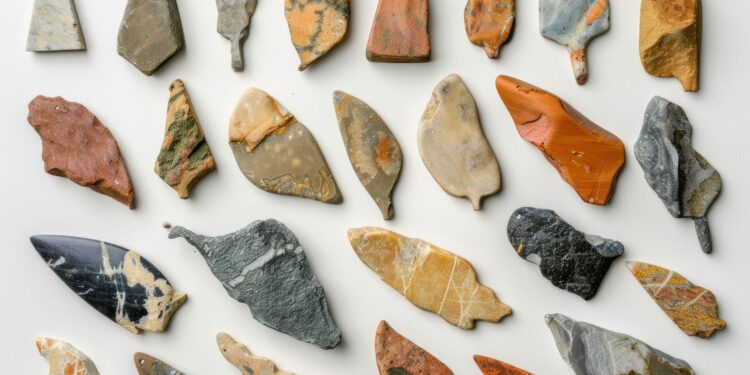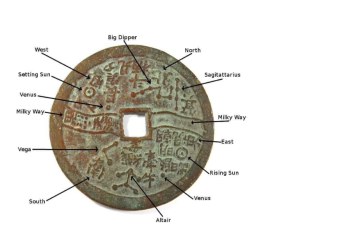A groundbreaking archaeological survey in Iraq’s Western Desert has unearthed an astonishing collection of ancient tools, some dating back 1.5 million years. The discovery, made by archaeologist Ella Egberts and her team, sheds new light on early human activity in a region that has remained largely unexplored due to past instability.
A Treasure Trove of Stone Age Artifacts
During a surface-level investigation spanning just 72 square miles, researchers identified seven Paleolithic sites brimming with relics from the Old and Middle Stone Age. One particularly revealing location—a dried-up lakebed intersected by a prehistoric river—yielded more than 850 artifacts, including hand axes that could date back to the earliest stages of human tool-making.
Unlike traditional digs that require extensive excavation, this survey relied on surface collection, yet still produced an impressive array of finds. Among the discoveries were Levallois flakes, sophisticated stone tools crafted between 300,000 and 50,000 years ago—an indication that human ancestors refined their tool-making techniques over time in this region.
Unraveling the Landscape of Early Human Migration
Egberts’ team is now piecing together the puzzle of how early humans navigated and utilized the Arabian Peninsula. By analyzing the spatial distribution of artifacts alongside geological data, researchers hope to uncover how environmental shifts influenced migration patterns and technological advancements.
The significance of this study extends beyond Iraq. This region has long been considered a key corridor in human migration, and these new discoveries could challenge existing theories about when and how early humans dispersed across the Middle East and beyond.
Overcoming Challenges to Rewrite History
Despite past conflicts limiting archaeological work in Iraq, this latest effort was conducted smoothly, with support from the British Institute for the Study of Iraq and the Iraqi State Board of Antiquities and Heritage. Egberts emphasized the importance of continuing research in the area, citing local encouragement and the potential for groundbreaking discoveries.
The next phase of exploration aims to reconstruct a timeline of Pleistocene environmental changes, offering a clearer picture of how climate shaped early human survival strategies. However, further research hinges on securing additional funding.
With vast portions of Iraq’s prehistoric landscape still unexplored, this discovery could be just the tip of the iceberg. Suppose Egberts’ team succeeds in expanding their research. In that case, we may soon gain a deeper understanding of early human evolution in a region that has long remained in the shadows of archaeology.











